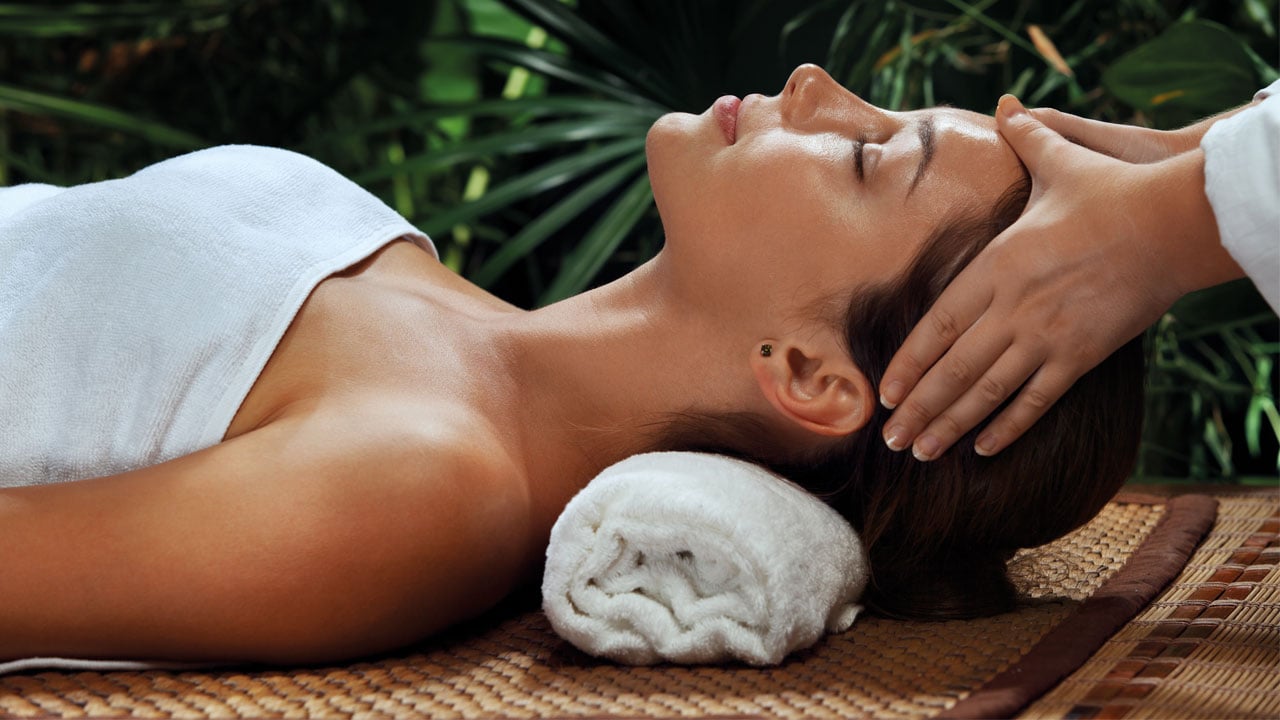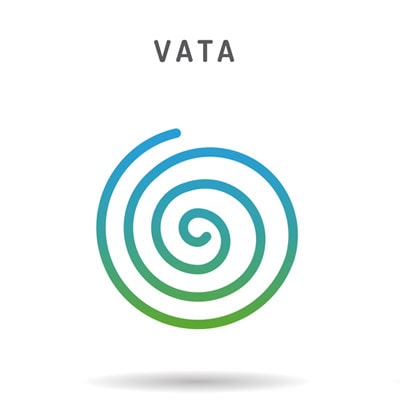
Ayurveda for yoga practitioners
How yoga and Ayurveda go hand in hand as a powerful tool for personal wellbeing in the modern era. By Dr Milind Jani
Ayurveda, the so-called Science of Life from India, is rapidly becoming an integral part of yoga practice around the world. Ayurveda complements yoga by providing us with a natural holistic method to keep our inner body and mind functioning in a healthy balance. Let’s start with an introduction to the Doshas and Prakriti, your personality type, according to Ayurveda, and how to balance them.
How does Ayurveda work? Ayurveda views each individual as a microcosm of nature, constantly interacting with the environment. It categorises us into three personality types according to the three Dosha energies: Vata, Pitta or Kapha, which are present in every living being and in nature. Individuals are a combination of the Doshas. They represent the five elements (Air, Fire, Earth, Water, Ether) of nature in different proportions. Each element has special physical characteristics which relate to our attributes.
Vata is composed of Air and Ether, Pitta is Fire and moisture, Kapha is Water and Earth. So you can see that Vata is dry, lighter, mobile, subtle and gives us oxygen as a life force. Pitta is sharp, more dense, fiery and somewhat mobile. Kapha is heavy, solid, dense and steady.
Can you relate your own attributes to these basic features? An understanding of our Doshas and our own body type, Prakriti, can help us make healthy and productive lifestyle decisions so that we can be stronger and more peaceful versions of ourselves. As each Dosha controls specific functions in the body, well-balanced Doshas promote good mind-body health and wellbeing. Doshas in a state of imbalance, called Vikruti, cause a weakened immune system and potential disease.
What’s your Dosha? So, what body type are you: Vata, Pitta or Kapha?

Vata Dosha is composed of Space and Air, and governs our life force, Prana, and all movement, including breathing, blinking, musculoskeletal movement, pulsation of the heart and our circulation. Vata is also the stress factor causing agitation of the mind and body. That is why it is important for everyone to keep their Vata in check.
Vata people tend to be ‘airy’, which can mean variable in movement and speech. They are creative, sociable, artistic, talkative, but uncertain and prone to switching interests and pursuits.
They can also be light sleepers, fast walkers, with irregular digestion, and prone to nervousness and anxiety. They enjoy activities, but can get tired easily. They make great motivators with their enthusiasm, but lack confidence.
Vata imbalance:
When your Vata is out of balance you are all over the place: stressed out, shaky, fatigued, anxious and depressed.
As anyone can get stressed, Vata imbalance applies to all body types. How to re-balance Vata: Keep calm by doing meditation, yoga and pranayama. Relax! Pace yourself, get plenty of rest.
Daily head massage, body massage with warming oils, eating nourishing warm foods with spices revives you. Avoid cold, dry, frozen or raw foods, drink plenty of water and fruit juice. Keep a regular routine, be with cheerful friends. Avoid extreme cold.
Ayurvedic herbs that can help restore Vata balance include ashwagandha, brahmi, tulsi holy basil. Vata-balancing tea is made from herbs like chamomile, brahmi, basil, lemon balm, ginger, cardamom, mint. Massage oils that can help include Mahanarayan oil, camphorated sesame seed oil, balaashwagandha oil, and aromatherapy oils like basil, patchouli, lavender, neroli and frankincense.

Pitta Dosha, made up of Fire and Water, governs all metabolism, hormones, digestion, and body temperature. Pitta Dosha people can be fiery, passionate, competitive, and sharp-minded. They make great leaders.
But when you are out of balance, you can get burnt out!
You can become intolerant, angry, jealous. You have an aversion to heat, excessive perspiration, are prone to sunburn, skin irritability, rashes, acidity and heartburn, dehydration, burning in the eyes, migraines.
How to rebalance your pitta:
Remember to keep cool by avoiding exposure to sun and heat. Avoid hot, spicy foods. Keep a cool head by practicing yoga, meditation and massage, and good sleep.
Once in balance, you will have calm, sustained mental and physical energy. Cool your body regularly with cold drinks and milkshakes, coconut water, watermelon and tangerines, cucumber and leafy salads. Ayurvedic herbs for pitta balance include brahmi, amla Indian gooseberry, shatavari, liquorice, coriander and fennel. Ayurvedic teas for Pitta balance consist of mint, cinnamon, cardamom, marigold flower, rose, hibiscus, liquorice, fennel, sweet orange, amla. Pitta balancing massage oils are cooling coconut oil, shatavari oil, brahmi oil, essential oils of sandalwood, cedar wood, rose, jasmine and sweet floral and woody oils.

Kapha Dosha is composed of Earth and Water, and forms the body’s structure and growth, including bones, muscles, tendons and reproduction. Kapha supplies the binding factors to hold the cells together. It lubricates joints, moisturises the skin, and maintains immunity and growth.
Kapha people are the calmest of the three: grounded, slow, steady and laid back, with good endurance and stamina, but prone to weight gain, obesity, diabetes and also polycystic ovaries in women.
When you are out of balance, you can suffer from a slower metabolism and the symptoms of depression, lethargy, excessive sleeping, sluggish digestion and sinus and respiratory trouble.
You can be over sensitive and suffer from fatigue, low energy and lack of motivation.
When you are feeling balanced you feel calm, reflective, compassionate, spiritual, nourishing, and have long sustained stamina.
How to rebalance Kapha Dosha:
enjoy a vigorous massage with warming oils as well as regular vigorous exercise, keeping active with a variable routine, eating light, dry nourishing foods low in fat and calories. Avoid heavy, fatty, oily and cold foods, iced drinks and dairy. No daytime naps!
Ayurvedic herbs for Kapha balance: ashwagandha, trifala guggul, turmeric, trifala, trikatu- ginger, black pepper and long pepper and asafoetida (hingwashtak) powder. Kapha-balancing teas include ginger, basil, lemongrass, black pepper, long pepper, cinnamon and sage.
Ayurvedic oils for kapha balancing are warming and help lymphatic drainage: Mahanarayan oil, camphorated sesame seed oil, and essential oils like eucalyptus, clary sage, frankincense.
Know your Dosha
You can do a full body type quiz on the Pavilion Ayurveda website to understand your Doshas better. Visit: pavilionayurveda.com/pages/what-is-your-dosha
Dr Milind Jani is an Ayurvedic medicine practitioner, writer, speaker and the founder of PavilionAyurveda.com


